Hello there, container home enthusiasts! It’s Emily Owens, your trusty guide to the world of unconventional living spaces. For the past four years, we’ve been on a wild journey exploring the ins and outs of container homes. Today, I’m excited to dive into a topic that often gets overlooked but plays a pivotal role in determining the success and comfort of your container home – the influence of climate on container home locations.
Choosing the right location for your container home is like finding the perfect pair of shoes – it needs to be a snug fit. While container homes can adapt to various climates, some locations are more container-home-friendly than others. So, let’s lace up our boots and embark on a journey through the world of climate-influenced container home locations.
The Warm Embrace of Tropical Paradise
If you’ve ever dreamed of sipping piña coladas under swaying palm trees, a tropical climate might be calling your name. Tropical climates, characterized by high temperatures and humidity year-round, are perfect for container homes. Think places like Bali, Hawaii, or the Caribbean.
Why, you ask? Well, it’s all about the materials. Shipping containers are built to withstand harsh marine environments, which means they can handle the occasional downpour and salty sea breeze. In tropical climates, where it’s warm and sunny most of the time, your container home will thrive. Just remember to add some insulation to keep the interior comfortable, and you’re good to go!
Embracing the Four Seasons

For those who love the changing seasons and don’t mind a bit of snow, container homes can be cozy hideaways in temperate climates. Regions like New England, the Pacific Northwest, or the Midwest offer a unique experience, with each season bringing its charm.
Container homes in these areas require a bit more planning. You’ll need proper insulation to keep warm in winter and stay cool during the summer. Consider adding extra windows for natural light in the gloomy winter months and a robust heating system to stay toasty. It’s all about making your container home a year-round retreat.
The Dry, Arid Beauty of the Desert
Desert living isn’t just for camels and cacti – container homes can thrive in arid climates too. Places like Arizona, New Mexico, or parts of Australia offer a unique setting for container home enthusiasts.
With low humidity and plenty of sunshine, desert locations are less likely to cause rust issues with your container. However, the scorching heat can be a challenge. To combat this, opt for reflective roofing materials and good insulation to keep your container home cool. Don’t forget to have a reliable source of water, as deserts tend to be on the dry side!
The Chilly Retreat of the Mountains
If you’re more of a mountain person, container homes can blend seamlessly with the rugged landscape of alpine regions. Places like the Swiss Alps, the Rocky Mountains, or the Sierra Nevadas offer picturesque settings for your container abode.
In these colder climates, insulation is your best friend. Heavy snowfall can pose a challenge, so make sure your roof is designed to handle the load. Additionally, a wood-burning stove or efficient heating system is a must to keep you warm and cozy during those chilly winter nights.
Coastal Charms
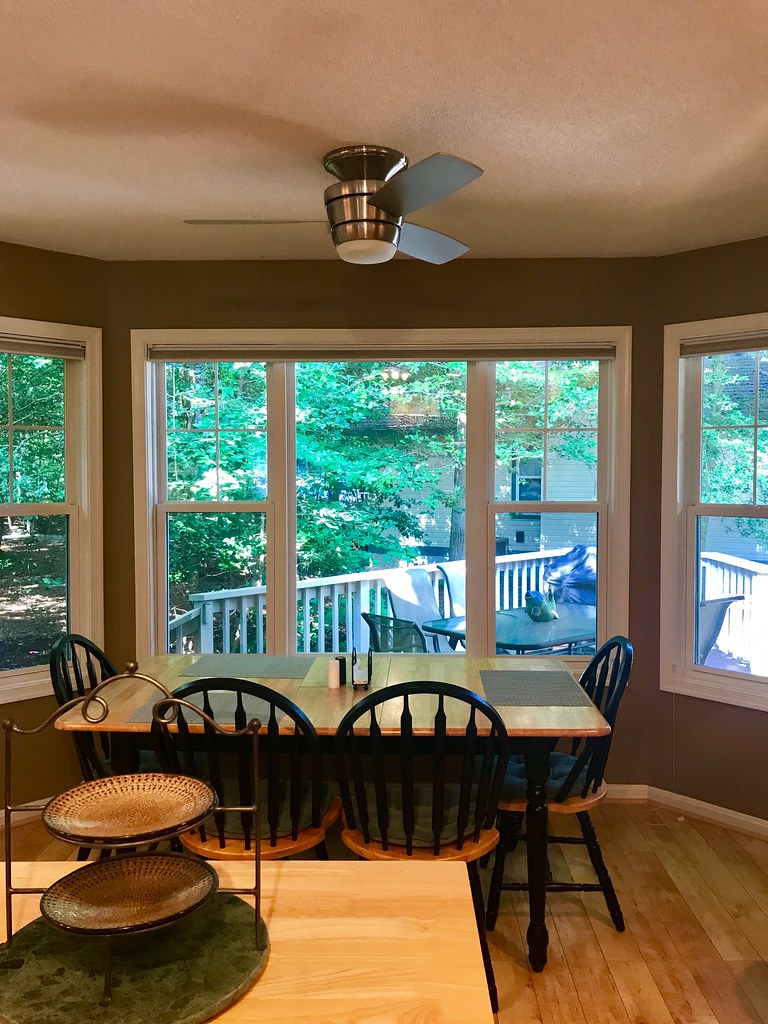
For those who can’t resist the allure of the sea, coastal container living is an option that’s hard to beat. Whether it’s the California coast, the Mediterranean, or the Amalfi Coast in Italy, you’ll find that container homes can be a perfect fit.
Coastal locations offer a moderate climate with mild winters and warm summers. Containers can withstand the salty air, but it’s still important to keep up with maintenance to prevent rust. Large windows that provide breathtaking ocean views are a must-have for any coastal container home.
Conclusion
As we’ve explored the diverse climates and regions that can accommodate container homes, one thing becomes clear: container living is versatile. These repurposed steel giants can find a home just about anywhere, from the tropical beaches to the snow-covered mountains.
But remember, successful container living isn’t just about location; it’s about proper planning and adaptation. No matter where you choose to place your container home, make sure to consider the climate and weather conditions unique to that region. With a little foresight, you can create a comfortable, sustainable, and stylish container home that’s perfectly suited to your chosen corner of the world.
So, whether you’re basking in the tropical sun or cozying up by the mountain fireplace, may your container home bring you joy and comfort in every climate. Happy container living, my fellow adventurers!












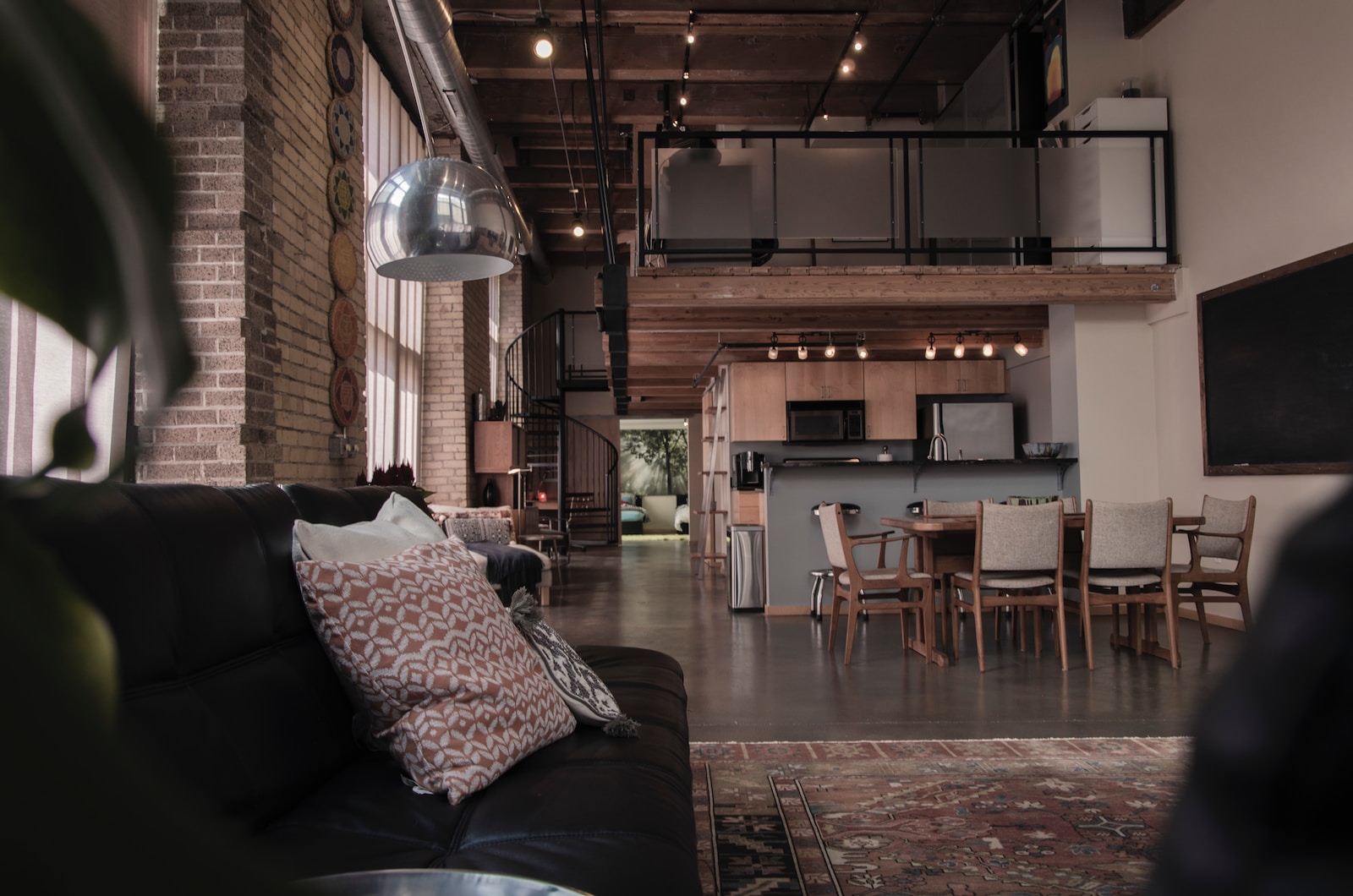





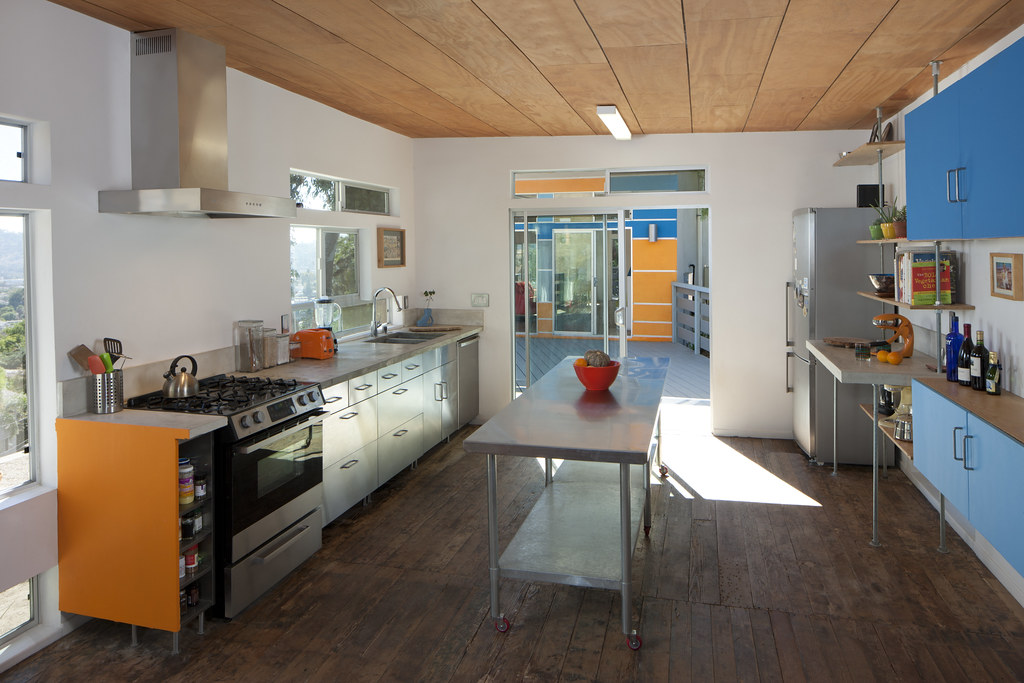
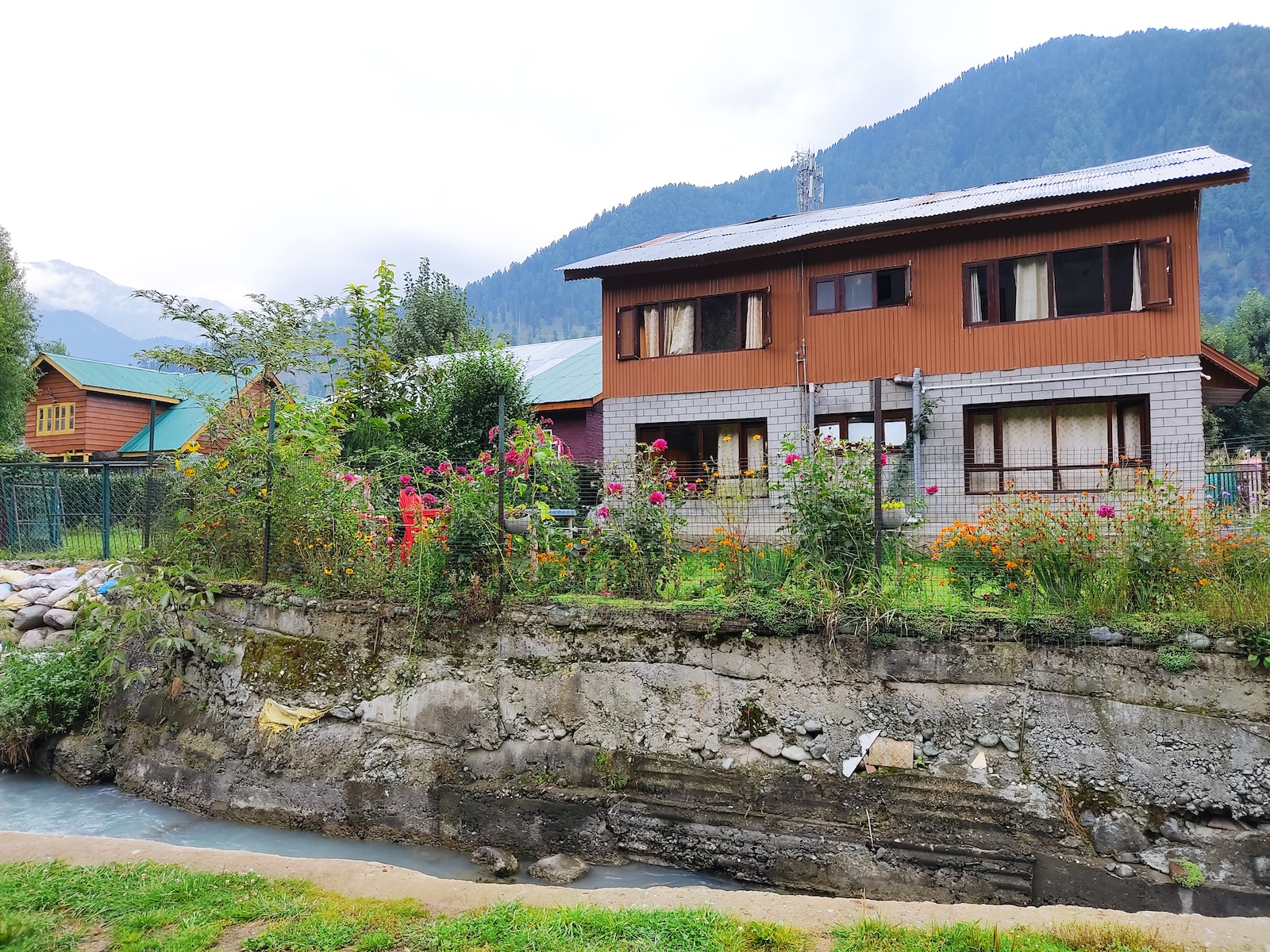
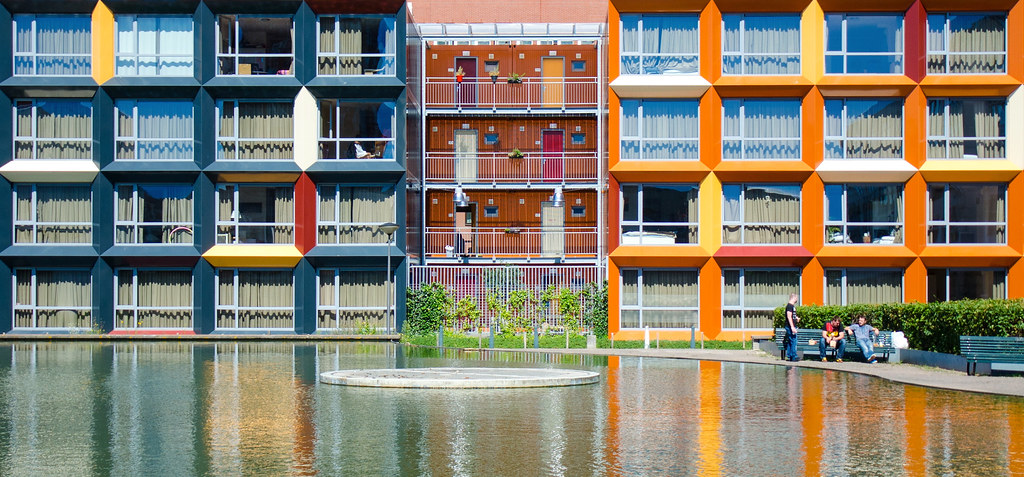
Find Us on Socials